MARKET OVERVIEW
The Global Brucite Market will have an important role in future industrial applications. In the coming decades, industries all around the world are going to expand and undergo changes. Consequently, the demand for such materials as brucite would significantly increase. This unusual mineral with its unique properties is expected to find application in construction, agriculture, but also in the high-performance branches of electronics and ceramics. The Global Brucite Market will undergo significant changes with these emergent demands as new production technologies and technological innovation change the extraction, processing, and use of brucite.
The future of the Global Brucite Market will significantly be influenced by technological innovations especially in material science. Further research into brucite will then be provided to scientists in order to find better ways of tapping fire-resistant properties into fire-resistant material and construction products. As the environment is of increasing concern, brucite shall be used more in eco-friendly applications, especially in industries trying to eradicate harmful chemical-based and other harmful substances. This shift will further push demand for brucite in areas with an objective to reduce its environmental footprint.
In addition, mining techniques used in the brucite market are going to undergo a massive shift. Due to the sustainability push, the mining operations are going to involve more efficient, non-intrusive methods to extract brucite, and that will be a reduction of environmental impact through mining activities. Such improvements are going to make the extraction process efficient, and therefore, the Global Brucite Market will also grow. As a consequence, industries would rely more predictably on this much-needed brucite.
Further, when the Global Brucite Market continues to gain, new locations become significant market leaders in brucite market growth. Such areas are found where brucite reserves abound; mining and processing activities there are likely to multiply, create new trade balances, and trigger various economic stimuli. International collaboration will increasingly take place with the companies needing reliable supplies for their operations, creating a worldwide supply and purchase network that firms can exploit because of the need for brucite in these applications.
Meanwhile, the application pattern of brucite in production will also be transformed. Companies will use it to develop innovative products including fire-retardant paints, strong polymers with excellent performance, and energy-efficient insulating materials. All these products are going to be in high demand and perpetually bring raves in the automotive, aerospace, and electronics industries where the customers are more concerned with their strength and, of course, concern with environmental protection.
In conclusion, the Global Brucite Market will undergo transformative changes in the years to come that will be driven by advancing technologies, sustainability issues, and possibly the demand for brucite-based products in certain sectors. The demand for brucite is increasing; hence, companies need to adapt to the changes taking place in the market to stay afloat. As industries begin embracing more sustainable practices and innovations, the future of brucite is promising, with the potential for new uses and market dynamics that will extend far beyond its current scope.
Global Brucite market is estimated to reach $1,337.57 Million by 2032; growing at a CAGR of 4.9% from 2025 to 2032.
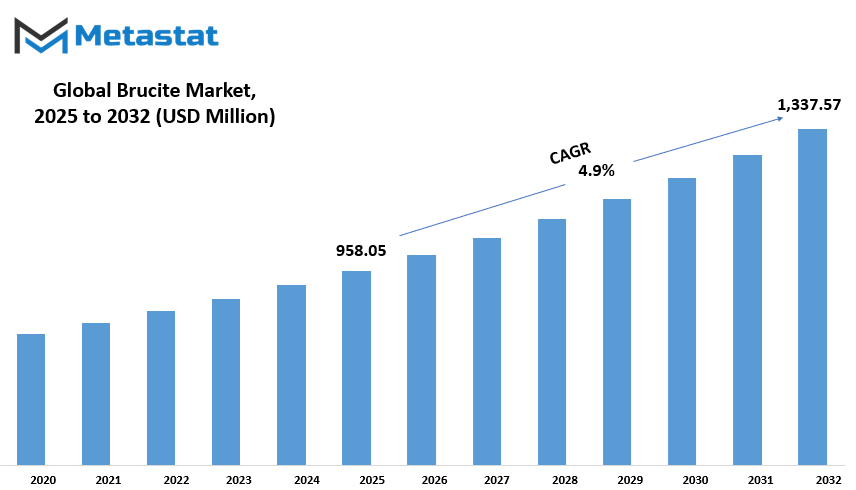
GROWTH FACTORS
Many driving factors have brought about growth to the global Brucite market. Major among them, the fire-resistant materials demand in the world. Brucite is used largely because it exhibits fire resistance characteristics. Such critical component material will be in immense demand for most industries which may require it as a result of its fire-resistance characteristic. The use of Brucite in the fireproofing applications, particularly in building materials, coatings, and insulation, is the highest factor that has propelled its growth so far. Higher industries are always concerned about safety and fire protection, and for these applications, it will be in demand.
The rising demand of Brucite in the steel industry also puts it in a better position. This involves the use of Brucite as a fluxing agent. It is responsible for the reformation and cleansing of the resulting metal during this process. While the global market for steel produces more and improves continuously, increasing demand for steel also increases that for Brucite to allow for efficient refinement and quality assurance in the products. This increasing demand is boosting the growth of the industry, and is expected to move forward in terms of being needed for different products in various lines of work-steel in different sectors like manufacturing and construction lines.
There is a few impediments facing this Brucite market. Primary among these include the relatively cost-intensive processes, which come alongside extracting and subsequently processing Brucite. Mining Brucite can be costly, especially because quality deposits are difficult to find and extracting the mineral is highly energy-intensive. Such costs push up manufacturers' prices even further, making Brucite less deployable in industries. The scarcity of Brucite deposits also limits the resource and makes it a lesser deployable material in the market.
The Brucite market is further restrained by environmental regulations. Since the mining sector raises significant concerns with regard to environmental degradation, most mining operations are strictly controlled and regulated, imposing severe standards for land rehabilitation, waste handling, and preservation of the environment, which will negatively affect Brucite extraction. Such regulatory practices are needed to sustain a better environment, and thus another limitation to this market is introduced. It delays the production pace and limits supply.
Despite such obstacles, there exist various favorable opportunities for the growth of the Brucite market. For example, due to environmental technological advancements, Brucite can be useful in enhancing the environment by reducing pollutants and finding its use in sustainable solutions that create new areas for application. Additionally, the rising pharmaceutical and cosmetic sectors utilizing Brucite offer another potential opportunity for growth. With an increase in demand for natural and mineral-based ingredients, Brucite is increasingly being used in the formulation of products, thereby increasing the potential for growth in the market.
MARKET SEGMENTATION
By Type
The global market of brucite has witnessed significant improvement in the last few years, mainly caused by growing demand in a variety of industries. Brucite is a mineral with composition mostly made of magnesium hydroxide. Brucite is considered as a fire retardant. There are widespread applications for brucite in the environment and in industry. This market can be categorized based on types, and every type is marketed in a respective market. These types include ball type, block type, and fiber type brucite.
The ball type brucite segment comprises the largest market share, which is valued at $427.79 million. This form of brucite is applied in various spheres due to its efficiency and effectiveness. This kind is widely used in fire retardant products and in environmental applications like water treatment. This ball-type brucite also can be mixed with other materials due to its solid and uniform structure and consistency.
Besides ball type, block type brucite also plays an important role in the market. Block type brucite is often used in industrial and environmental sectors for its durability and stability. It is utilized in the production of magnesium hydroxide, which has applications in wastewater treatment, as well as in the manufacture of flame-retardant products. This type of brucite provides a strong, long-lasting material that is critical in areas where durability is paramount.
Fiber type brucite is also another segment that is gaining much attention in the global market, as it offers lightweight yet high strength properties. Fiber type brucite is used in high-performance applications requiring extreme conditions. For example, it is applied in the manufacturing of fire-resistant materials. Flexibility and strength make this brucite type a reliable option in specialized manufacturing processes.
These three types of brucite, ball, block, and fiber, are important constituents in the global market. Each type has an industrial application where it will find itself suited perfectly. With growing demands of efficient materials, strictly environment-friendly, and safety requirements in the industry, each type is sure to find demand grow for its increase in investment and enhancement in applications for further overall growth.
By Grade Type
The global brucite market is segmented into two primary grade types: Technical Grade and Food Grade. This classification helps differentiate brucite based on its different uses and applications across various industries. Both of these grades serve specific purposes and cater to different market needs.
Technical Grade brucite is the most commonly used form of brucite. It is industrially used for refractory materials in steel and cement production. High purity and high-temperature-resistant properties of Technical Grade brucite make it suitable for the above applications where durability and resistance to high temperatures are required. This grade is also used in other industries that include magnesium chemicals manufactured for the use in fertilizers and water treatment among others.
Food Grade Brucite, which is more advanced in nature, is considered as a food-grade mineral product used in such applications where extra levels of purity and safety must be achieved. Its usage prevails in use as a food additive or to process foods as well. Given the safe nature and effectiveness used as an anti-caking agent, it becomes quite commonly employed within the realm of the food industry. Food grade brucite is mostly present in powder-based food stuffs and will not allow lumping. Food Grade brucite is of very high quality and thus complies with the safety standards of food regulatory bodies all over the world, hence appropriate for use in food products.
Both these grades cater to the different needs of consumers, which contributes to the growing demand for brucite across various sectors. Technical Grade is expected to stay strong because brucite has a high use in heavy industries, while Food Grade will remain on the upward trend with further growth of the food industry, and with further demand for non-toxic and safe additives in the food processing industry. Continuous development in these two areas goes to show that brucite is versatile and important in worldwide markets.
In conclusion, the classification of the brucite into Technical Grade and Food Grade allows the specific application in industries where certain properties are required. The different grade types ensure the mineral can serve applications as varied as industrial manufacturing to food processing, each with differing degrees of purity and safety requirements.
By Application
The market for brucite in its global arena is surely growing at a rapid pace, primarily due to the various applications it provides. Brucite, a mineral that has been widely utilized in various sectors, finds its applications simply because of these unique properties that exist within it. Its applications can be broadly categorized into separate segments, which will contribute to the overall demand for brucite in the market.
The major usage of brucite is for flame retardant materials. Since brucite is highly fire-resistant, this mineral is quite useful in manufacturing flame retardants. In today's industrial market, with much emphasis on fire safety and pollution, the fire-resistant material industry will continue to grow, ensuring a future increase in demand for brucite in flame retardants.
Another significant application of brucite is in paper packing. The mineral is used as a filler in paper products, thereby enhancing their strength and durability. In the packaging industry, there is a growing demand for sustainable, strong, and lightweight materials, and brucite plays a crucial role in meeting these requirements. The increasing demand for eco-friendly packaging is expected to further boost the market for brucite in this sector.
Brucite is also getting popular in the arts and crafts. It has been used in many creative processes, especially for sculptures, ceramics, and other art forms. The mineral can be used due to its flexibility and resistance to high temperatures. Artists and crafters prefer the mineral because it can be worked on at different temperatures. Demand for brucite in the arts and crafts sector will grow with the growth of interest in handmade crafts.
The second major use of brucite is as refractory material. These are majorly applied in high-temperature industrial processes, like metal smelting and glass manufacturing. High temperature without breaking down makes it suitable for the production of refractory materials. With the increased requirement of carrying out high-temperature industrial activities, the demand for brucite in this field will also continue to increase.
The use of brucite in electric wire insulation is another growing application. Brucite is used in the manufacture of materials protecting electrical wires from damage and ensuring safe operation, owing to its insulating property. With the expansion of the electronics and electrical industries, demand for brucite in electric wire insulation is expected to increase.
The other applications of brucite are also used in specific industrial needs. These include agriculture, plastics, and other specialized fields. As new applications for brucite continue to emerge, the market will likely see further growth in the coming years. The diverse uses of brucite in various industries ensure that its demand remains strong, supporting the global market's expansion.
|
Forecast Period |
2025-2032 |
|
Market Size in 2025 |
$958.05 million |
|
Market Size by 2032 |
$1,337.57 Million |
|
Growth Rate from 2024 to 2031 |
4.9% |
|
Base Year |
2024 |
|
Regions Covered |
North America, Europe, Asia-Pacific, South America, Middle East & Africa |
REGIONAL ANALYSIS
The global Brucite market is segmented based on geography. It had several regions like North America, Europe, Asia-Pacific, South America, and the Middle East & Africa. The North American market includes the U.S., Canada, and Mexico. Europe includes the UK, Germany, France, Italy, and others not classified into specific subgroups, often termed as the Rest of Europe. The Asia-Pacific region is divided into India, China, Japan, South Korea, and the remaining countries in the area, which are collectively referred to as the Rest of Asia-Pacific. In South America, the market includes Brazil, Argentina, and other countries in the region, grouped as the Rest of South America. The last region split is the Middle East & Africa, which splits into the GCC countries, Egypt, South Africa, and the Rest of Middle East & Africa, which incorporates the remaining countries in these regions.
These geographic segments will help in a highly focused understanding of the Brucite market in various regions across the world. Breaking the market into more detail-able regional markets will let companies and other stakeholders have a finer look into where the special requirements and potential may be for their businesses. Regional factors may influence demand-supply and pricing trends of the market due to factors like local economic conditions, industry demands, and technology.
The global Brucite market structure shows that regional analysis plays a significant role in the process of entry and expansion for companies. Each region has its specific characteristics that will influence the market dynamics, consumer preferences, growth of the industry, and conditions of regulation. For instance, North America's market may be influenced by the presence of large-scale industries that use Brucite in their production processes, while Asia-Pacific could see a higher demand for Brucite due to rapid industrialization in countries like China and India.
Knowledge of regional markets would help businesspeople in strategic decision-making concerning the location for their production, marketing, and distribution strategies. As each region's characteristics vary from the other, the only appropriate way is localized with demands and challenges posed by every market. The breakdown based on the region is very likely to shape the global Brucite market over the coming years.
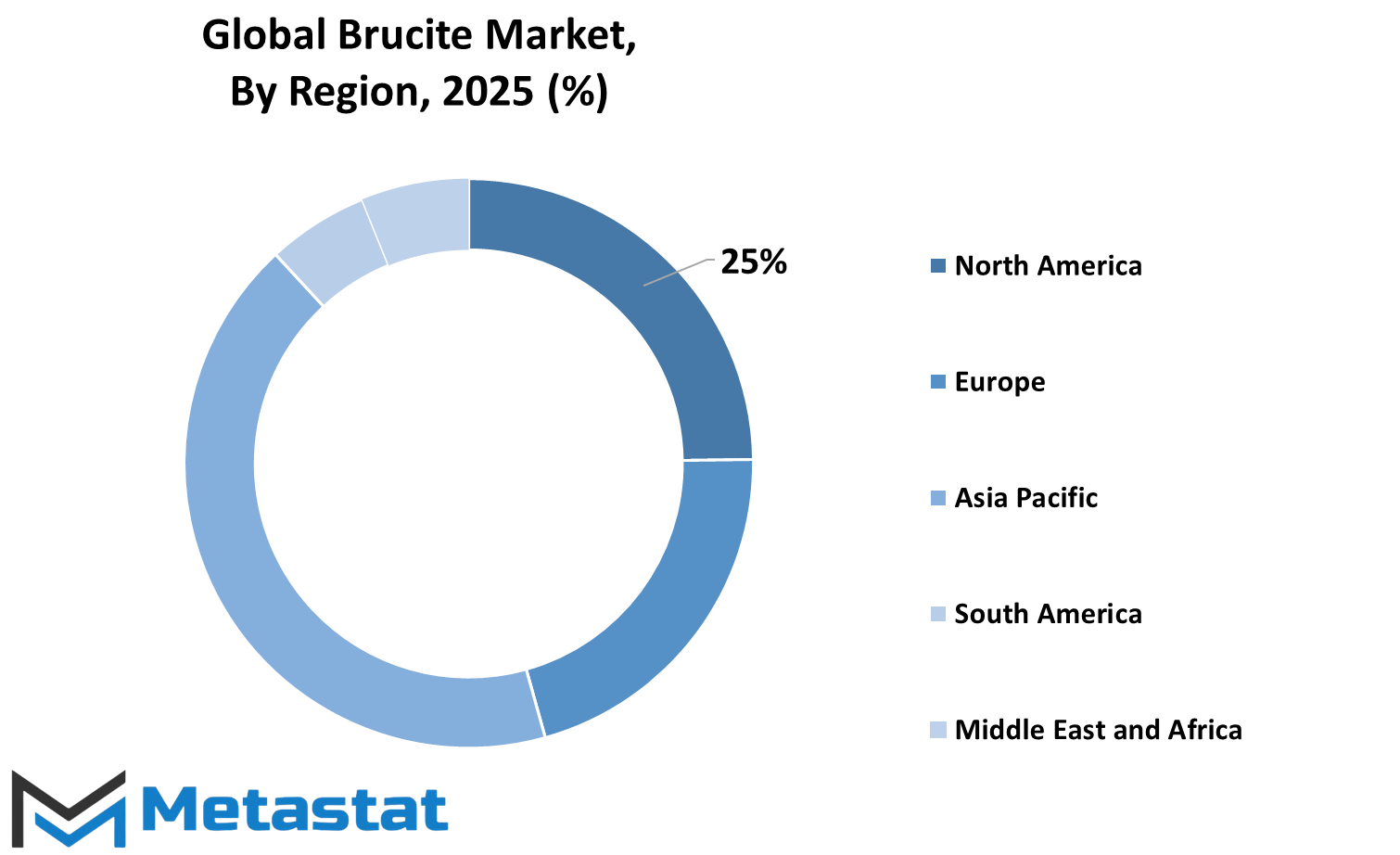
COMPETITIVE PLAYERS
The global brucite market is growing, especially due to its demand for the high-quality usage of brucite in the various industries. Brucite is a mineral that occurs naturally and is generally used in producing flame retardants, ceramics, plastics, among other materials. Its properties such as a melting point and its fire-resistant feature make it valued in applications with safety and durability.
Key players of the brucite market include a number of renowned manufacturers, as well as some producing and processing companies. Amongst them is Garrison Minerals, which plays a significant role. They are experienced and reliable suppliers of good quality brucite to those industries that require fire retardant. The Brucite Plus, in short, known as RMCC has created goodwill to the large markets in satisfying varied products, customer-oriented demand and more over specific need that requires attention on daily basis by different kinds of their valued clients.
Greca Mag, based upon long service period with Magnesia mine and process globally becomes the third market in world wide Brucite markets. Their large production capacity ensures industries get a stable supply of brucite for various applications. Similarly, Liaoning Brucite Plus Mineral Trading Co Ltd and Dalian Futai Mineral New Materials Technology Co., Ltd. are other important contributors as well. The companies focus on providing a constant supply of brucite by sourcing and processing the material.
Some of the leading companies in the market are Star Grace Mining Co., Ltd., which provides all types of brucite, and Fengcheng City Heqi Brucite Mining Co., Ltd., recognized for sustainable mining. Liaoning Victory Fire-retardant Material Technology Co., Ltd. manufactures fire-retardant materials, and therefore, brucite plays a key role in their inventory. Hattorri Ltd. and Eggerding Industrial Minerals B.V. The other major contributors to the brucite market are also those who continue to grow.
These companies play a significant role in the global brucite market by providing consistent supplies of this versatile mineral for growing applications across industries. Through research, production, and distribution, these efforts make brucite an important material for applications requiring high-performance and fire-resistant solutions. With increasing demand for safe, durable materials, these key players will continue to be influential in the market.
Brucite Market Key Segments:
By Type
- Ball Type
- Block Type
- Fiber Type
By Grade Type
- Technical Grade
- Food Grade
By Application
- Flame Retardant
- Paper Packing
- Arts and Crafts
- Refractory
- Electric Wire Insulation
- Others
Key Global Brucite Industry Players
- Garrison Minerals
- Brucite Plus (RMCC)
- GRECIAN MAGNESITE
- Liaoning Brucite Plus Mineral Trading Co Ltd
- Dalian Futai Mineral New Materials Technology Co., Ltd.
- Star Grace Mining Co.,Ltd
- Fengcheng City Heqi Brucite Mining Co., Ltd.
- Liaoning Victory Fire-retardant Material Technology Co., Ltd.
- Hattorri Ltd.
- Eggerding Industrial Minerals B.V.
WHAT REPORT PROVIDES
- Full in-depth analysis of the parent Industry
- Important changes in market and its dynamics
- Segmentation details of the market
- Former, on-going, and projected market analysis in terms of volume and value
- Assessment of niche industry developments
- Market share analysis
- Key strategies of major players
- Emerging segments and regional growth potential



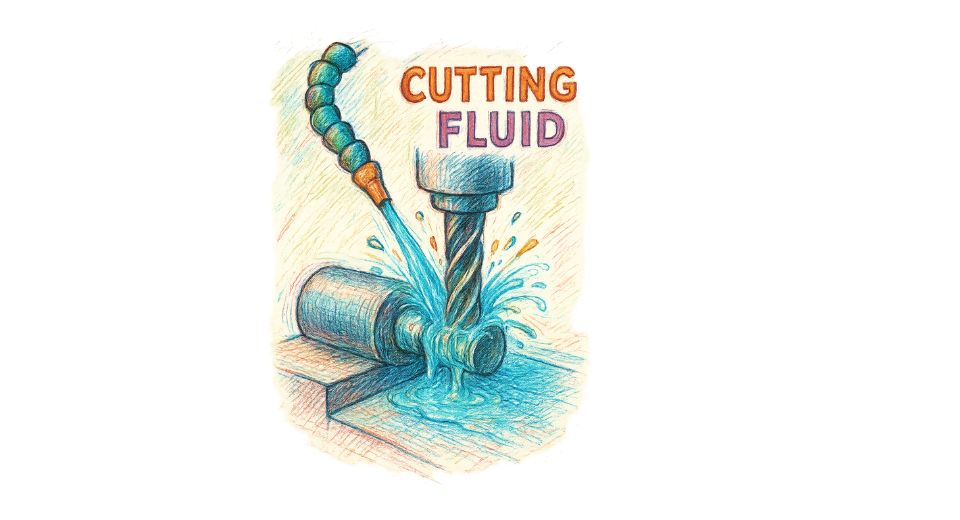
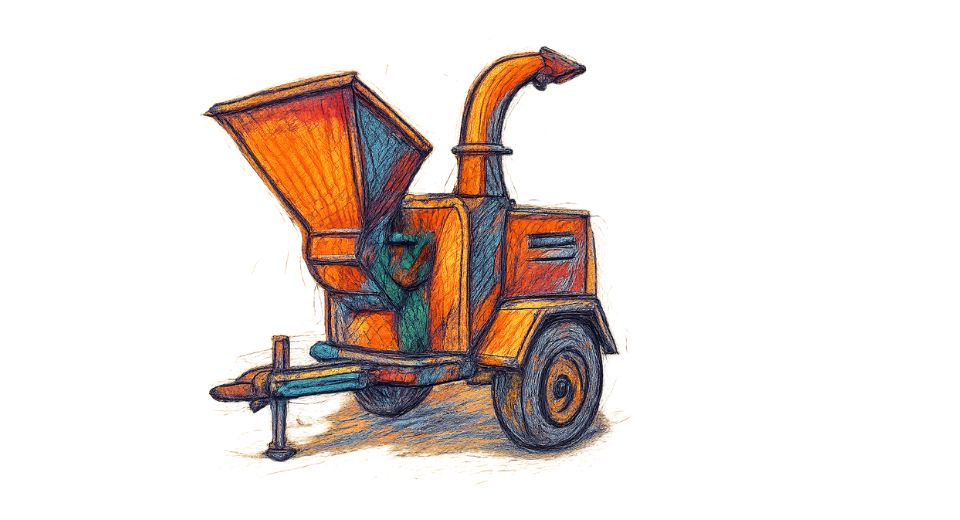
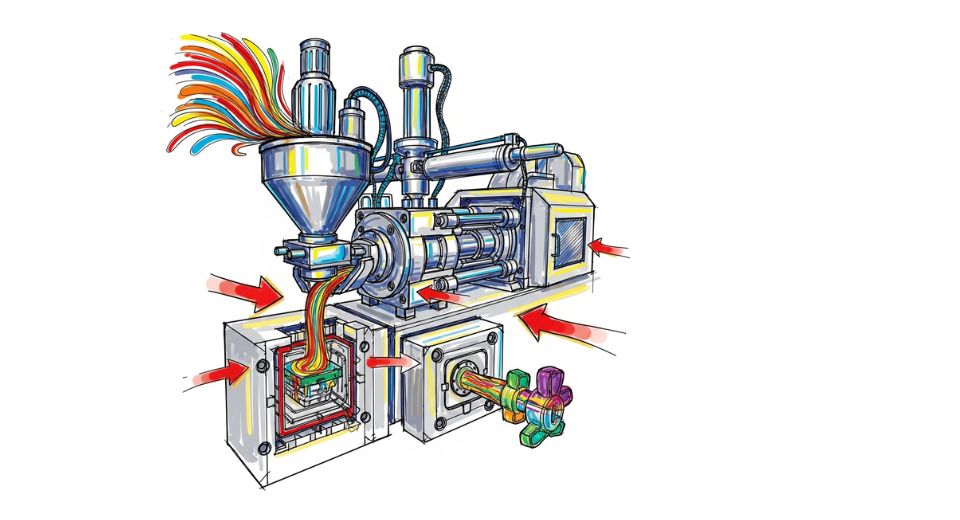
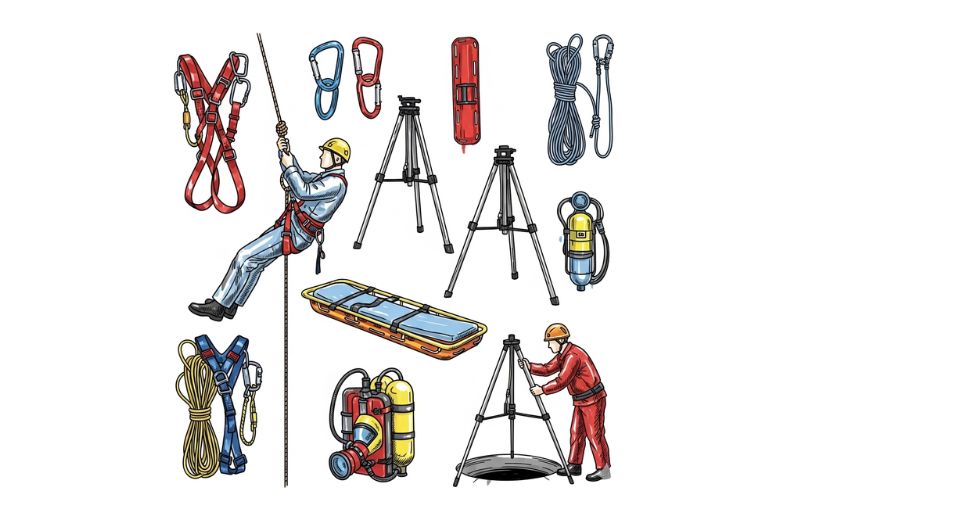

 US: +1 3023308252
US: +1 3023308252






